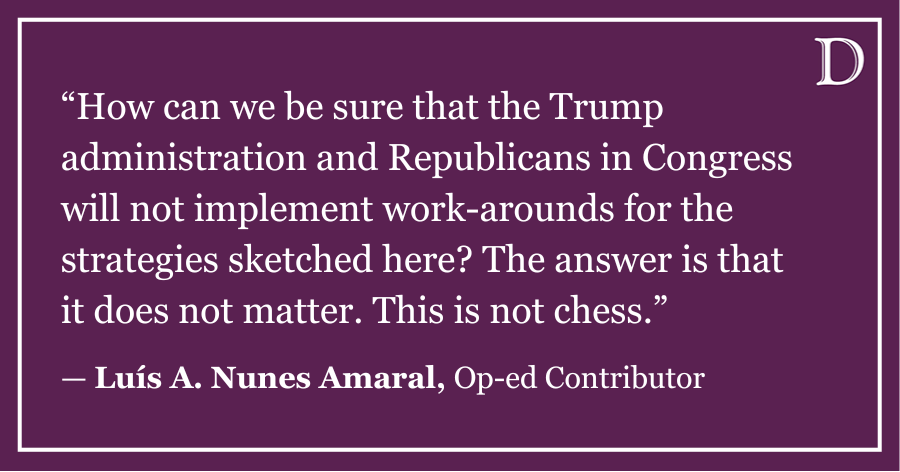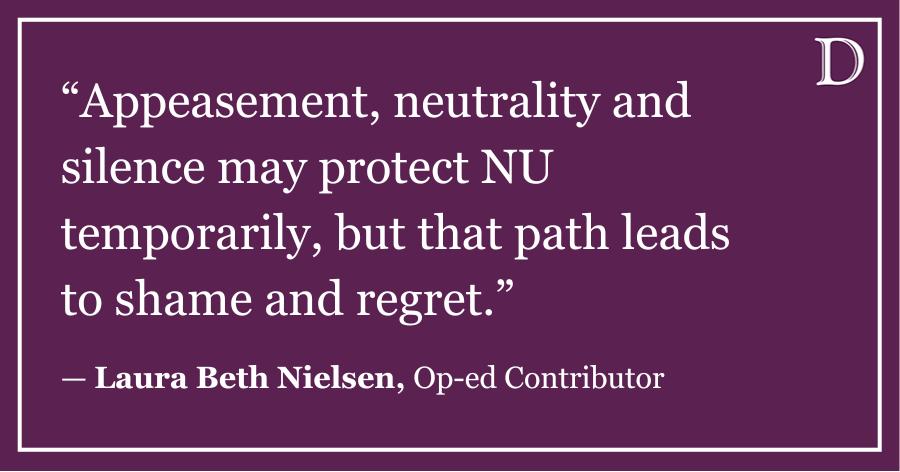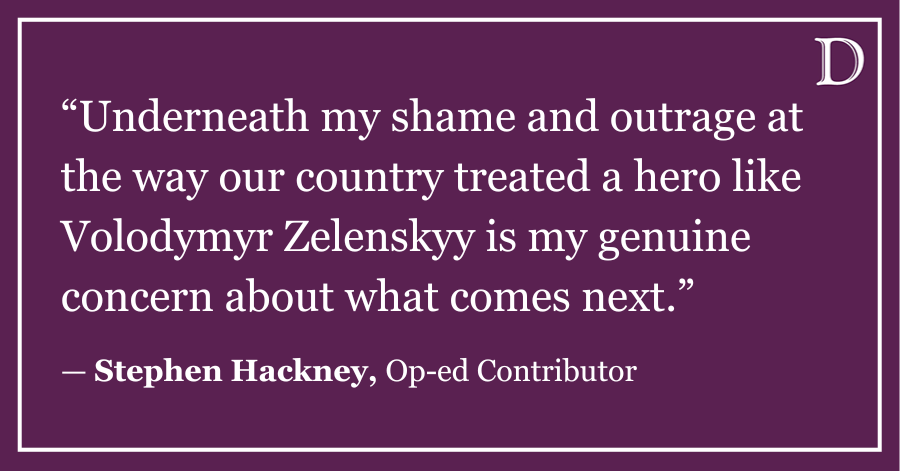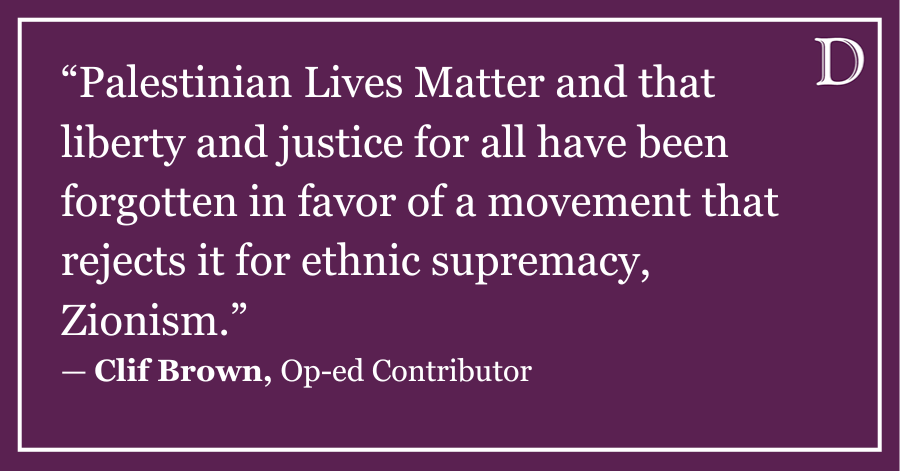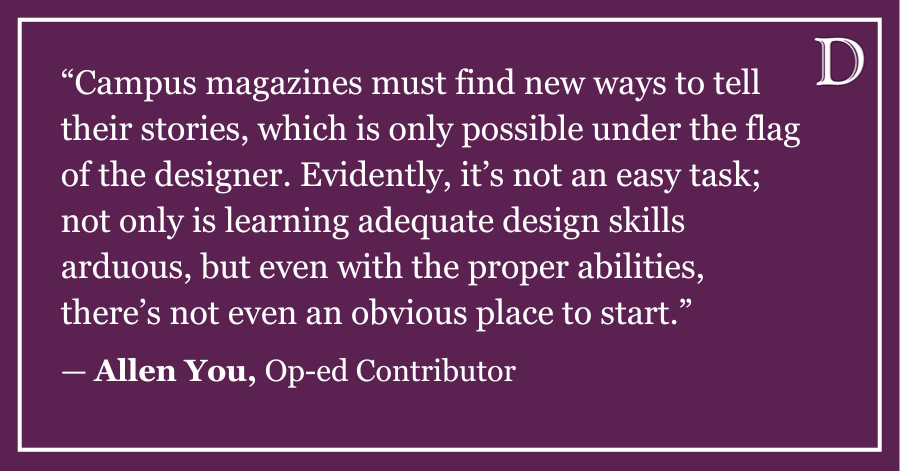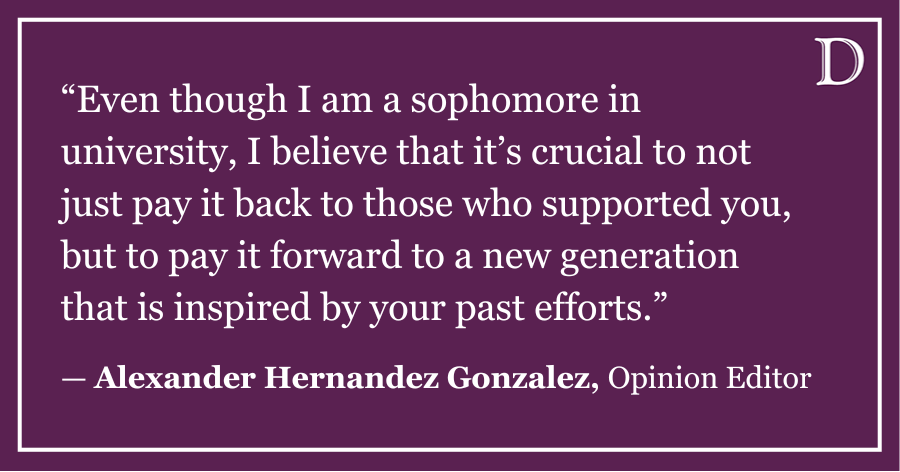As a liberal gay man and a psychological researcher, I have spent years studying mental health, gender dysphoria and identity formation. I believe in equality, dignity and respect for every person, including those who experience gender dysphoria.
But my research — and the data — tell me that to help the small number of people who are truly transgender, we must accept some hard truths about the explosion of identities now classified under the “transgender umbrella,” which can be conceptualized as the scale from gender distress to socially-spurred identity crisis.
No one wants to talk about it, but I will: The vast majority of young people identifying under this umbrella are not happy.
Removing transgender identity from the Diagnostic and Statistical Manual of Mental Disorders’s list of mental illnesses was supposed to improve outcomes for trans people. Instead, it has contributed to an epidemic of mental health crises, rising suicidality, and a system that is failing those who genuinely suffer from gender dysphoria. The fundamental distinction between a mental health condition and an identity is that the former involves significant distress or impairment requiring clinical intervention, while the latter reflects a personal or social sense of self that does not inherently necessitate medical treatment.
Gender dysphoria, the mental health condition that trans people are affected by, is often a painful psychological disorder characterized by significant distress stemming from a misalignment between one’s gender identity and biological sex. Once understood as a rare but severe condition causing enigmatic despair in a small percentage of the population, dysphoria has, in the past decade, been eclipsed by the rise of transgender identity as a broad ideological movement – one that now encompasses anyone who expresses gender nonconformity, discomfort, or a desire to reject traditional norms.
In the early 2000s, gender dysphoria was an uncommon condition that primarily affected people assigned male at birth. Today, over 5% of young people identify as transgender or nonbinary — an increase that cannot be explained by genetics or historical precedent.
Notably, the majority of these youth are adolescent girls with no prior history of gender distress, many of whom come out after exposure to social media, peer influence or online activism.
Something has shifted. And it’s not simply more people “discovering their authentic selves.” It’s that we stopped treating gender dysphoria as a psychological condition and started treating it as a social identity that anyone can claim.
The decision to remove transgender identity from the DSM-5 was intended to reduce stigma and improve mental health outcomes, but the reality has been quite the opposite. Hospitalizations for gender-distressed youth have surged, placing immense strain on mental health services.
Additionally, many young people who undergo medical transition do not experience the promised happiness; instead, they often remain deeply depressed, anxious or even regretful. If gender transition were truly a cure-all solution, we would expect to see improved mental health outcomes — not worsening distress.
By removing transgender identity from the classification of mental illness, an affirmation-only model has taken over, discouraging any critical discussion about gender discomfort. The belief that questioning a young person’s gender identity is harmful has led to alarming consequences.
Children are being socially transitioned in schools without parental knowledge, and some teenagers are being prescribed hormones after just a single visit to a gender clinic. Meanwhile, therapists and doctors who attempt to explore alternative treatments are silenced or even fired. This is not medical progress — it is reckless experimentation on vulnerable youth.
Some individuals experience lifelong, severe gender dysphoria that does not respond to psychotherapy, and for them, medical transition may be the best option. However, the predominant cohort of youth who now fall under the “transgender umbrella” do not fit this profile.
Transitioning should be a last resort, not the first step, and mental health care must come first. We must return to treating gender dysphoria as a mental health condition rather than an identity that must be affirmed at all costs.
Most children and adolescents experiencing gender distress have underlying psychological conditions that require proper treatment. Additionally, we must recognize that social contagion plays a significant role — the rapid rise in transgender identification among youth reflects a cultural shift rather than a biological one.
I support transgender rights and access to medical transition for those who genuinely need it. However, the current unscientific and negligent approach to gender medicine has led to the treatment of many individuals who are not actually transgender. As a result, while some may benefit, the majority of outcomes have worsened significantly, often causing more harm than healing. Since we stopped treating gender identity issues through a careful mental health diagnosis, the consequences have been overwhelmingly negative.
True progress requires honesty, not blind acceptance. The consequences of this unchecked expansion of the transgender umbrella are not just ideological — they are actively harming the very people we claim to be helping.
The chaos created by this movement has led to policies that prioritize affirmation over careful diagnosis, leaving countless young people misdiagnosed, mistreated or abandoned when transition fails to alleviate their suffering.
Meanwhile, those who are truly transgender — those who have suffered from severe, persistent gender dysphoria — are being lost in the noise, their legitimate needs overshadowed by a culture that treats gender identity as a trend rather than a deeply rooted condition.
If we truly care about trans people, we must be willing to acknowledge these hard truths. The well-being of vulnerable youth depends on it.
Correction: A previous version of this piece used the term “biological males.” The AP stylebook denotes that the preferred term is “assigned male at birth.” The Daily regrets this error.
Kevin Waldman is a student at The Graduate School. He can be contacted at kevinwaldman2026@u.northwestern.edu. If you would like to respond publicly to this op-ed, send a Letter to the Editor to opinion@dailynorthwestern.com. The views expressed in this piece do not necessarily reflect the views of staff members of The Daily Northwestern.
